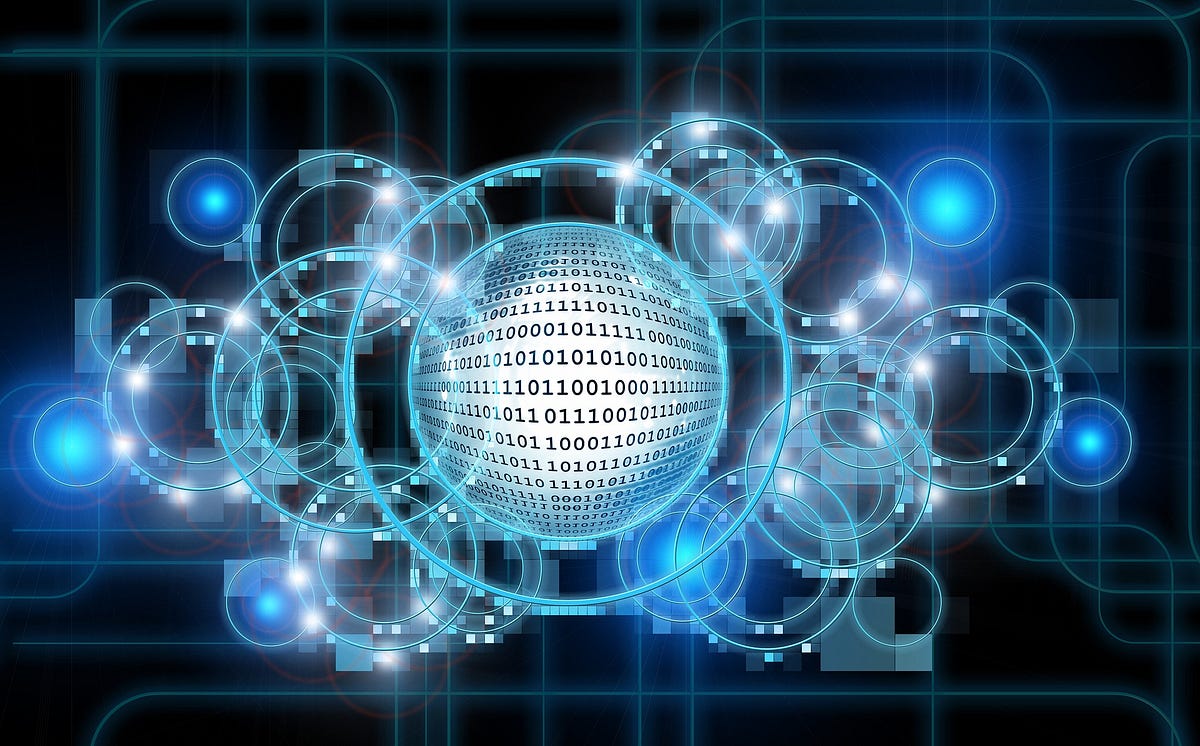Smart Water, Smart Metering – Mark and Focus – Medium
Published on by Robert Brears, Founder of Our Future Water, Young Water Leaders, Mitidaption & Author (Springer Nature, Wiley) in Technology
Advanced Metering Infrastructure (AMI), or ‘smart meters’, is a two-way solution in which a network is created between the meters and the utility’s Information System. In this network, smart meters not only allow for remote meter reading but also allow high-resolution consumption data to be sent to the customer.
With rapid urbanization and growing water scarcity from climate change, cities are being challenged to deliver water as efficiently as possible as well as balance rising demand with limited supplies.
To manage limited water supplies efficiently, cities and their water utilities are turning to Information and Communication Technologies (ICT). There are two beneficial aspects of turning to ICT solutions to ensure the efficient use of precious supplies. First, ICT can reduce water losses in the system — non-revenue water — which is the difference between what is pumped, treated, and supplied to the distribution system compared to what reaches customers: in many cities around the world, non-revenue water can be up to 20% or more of the total. On the demand side, ICT can be used to enhance demand management strategies, where demand management involves the better use of existing water supplies before plans are made to further increase supply. Specifically, demand management promotes water conservation both in times of normal and atypical conditions through changes in people’s practices, culture, and attitudes towards water resources.
Smart Meters are Key
A key part of the ICT network is smart meters, which enable water utilities to conduct regular meter reads of customers throughout the day, provide customers with real-time water consumption data, as well as quickly detect water losses in the system. Currently, many cities are using Automatic Meter Readers (AMR), which are ‘one-way’ automated meter readers that send water usage data back to the utility. In contrast, Advanced Metering Infrastructure (AMI), or ‘smart meters’, is a two-way solution in which a network is created between the meters and the utility’s Information System. In this network, smart meters not only allow for remote meter reading but also allow high-resolution consumption data to be sent to the customer. This data can be used to raise awareness of water consumption and allow customers to develop their own strategies to reduce water usage.
Benefits of Smart Meters
From the water utility’s side, smart meters provide multiple benefits including leak detection, energy reduction, demand forecasting, enhanced awareness campaigns, promotion of efficient appliances, and performance indicators. From the customer’s side, smart meters can provide information on when/where is water being used, comparisons of own water use against other customers, and quick leak detection. Smart apps can also be developed for customers, so they can, for example, compare their water usage with neighbors in the same street or suburb, compare water consumption with standard profiles (consumers with the same socio-demographic factors), compare their water consumption with the most efficient users in the city, or forecast their next water bill. Some leading examples of cities implementing smart meters to ensure the efficient management of scarce water include Singapore and San Francisco.

https://pixabay.com/en/binary-null-one-cyber-design-3441010/
Smart Meter Trials in Singapore
Singapore’s Public Utilities Board (PUB) is trialing a smart water network in which the utility will collect detailed data on household water consumption to build customer consumption profiles and identify consumption patterns and trends. The data will then be analyzed and provided to customers enabling them to monitor their water usage patterns and better manage water consumption. PUB will also customize its engagement strategy by incentivizing customers to conserve water, for instance, setting water saving goals and tracking the efficiency of their water usage based on their consumption profiles. This is part of an experiment to see if elements of game playing are more effective at engaging and motivating customers to conserve water than increasing tariffs.
San Francisco’s Automated Water Meters
San Francisco Public Utilities Commission (SFPUC) has installed automated water meters in more than 96% of San Francisco’s 178,000 water accounts. The smart meters transmit hourly water consumption data to the utility’s billing system by a wireless network. The meter readings received by SFPUC identify every cubic foot of water used each hour (where one cubic foot is equal to around 28 liters). The reliable and frequent water usage information allows customers to monitor their use and detect leaks faster than possible compared to the manually-read meters. SFPUC has also created the web portal My Account in which account holders can download detailed daily and monthly water usage data and learn ways to conserve water. SFPUC also uses the hourly water consumption data to notify residential single-family customers when they have three days of non-stop, 24/7 water use, which could mean they have a plumbing leak. Leak alerts are provided via email, mobile phone text, phone call, or letter and will indicate the dates and amounts of continuous usage.
The take-out
Faced with rapid urbanization and increasing water scarcity from climate change, cities can turn to smart meters to ensure the efficient use of existing water supplies before plans are made to further increase supply. Smart meters can be used to provide customers with historical data as well as a breakdown of consumption processes that use water, helping customers identify water efficiencies in homes, set water saving goals, and alert them to possible leaks.
LinkedIn Groups
Our Future Water | Urban Water Security
Mitidaption | Our Future Water| YoungH20Leader | Urban Water Security | Robert Brears
Attached link
https://medium.com/mark-and-focus/smart-water-smart-metering-4eff05fca4e9Media
Taxonomy
- Smart Meters
- IT